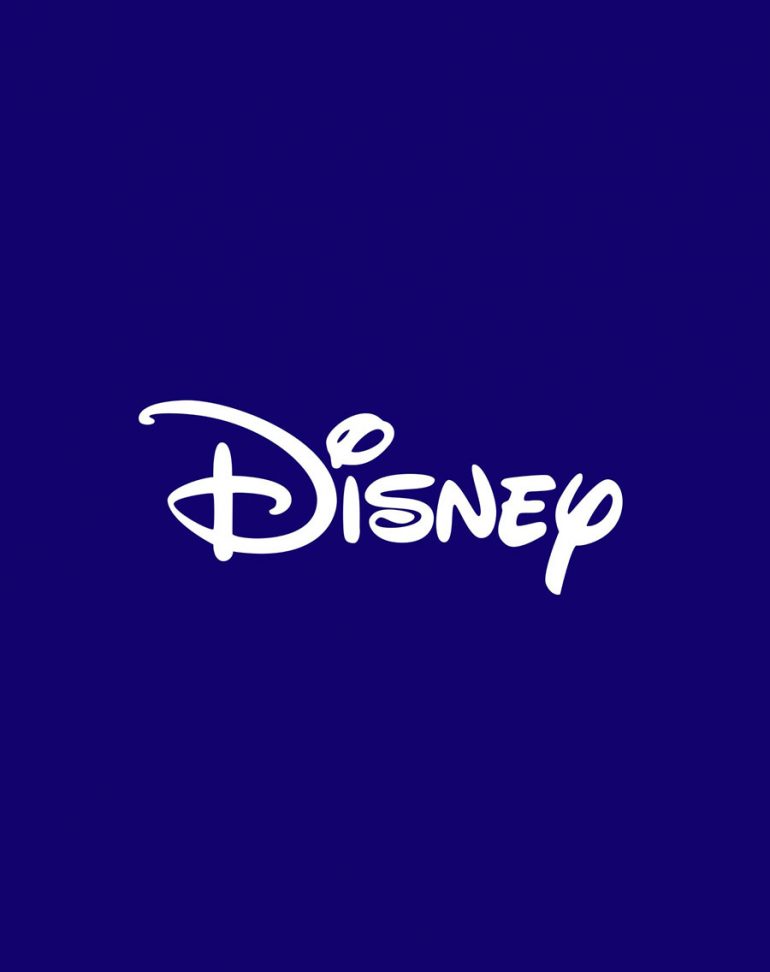This article originally appeared on CMO.com

News
What makes branding different?
Siegel+Gale
March 2021
“It’s something you do to a cow.”
That’s what Roy Disney—Walt’s big brother—said when asked for his definition of a brand.
While I see it a little differently, at least Mr. Disney had a clear point-of-view on the topic. Most people, including many who make their living in the world of marketing communications, don’t. Maybe it’s easier to group branding with advertising and public relations, crisis communications—and everything else that’s even obliquely related—into one mushy pile.
But branding is different. It’s not like the rest. In fact, there are at least three significant differences:
1. Brand sets the stage for everything else
When built properly, a brand serves as the core operating philosophy for everything that’s said and done in an organization. The purview of a strong brand goes beyond communications. It guides everything from how the organization on-boards new employees, to how it rewards top performers, to the partners with whom it chooses to work. Simply put, it’s an organization’s core operating philosophy.
A simple metaphor for this is the hub and a spoke. The brand—the core operating philosophy—is the hub, and everything else that the organization says and does are the spokes. In this way, the brand hub informs, unifies, and filters all other activities—starting with marketing.
For brand-led organizations, a brand’s hub role is akin to the role of the bridge keeper in the movie “Monty Python and the Holy Grail.” The brand is the bridge keeper in this scenario. Every time an organization tries to cross the bridge with an activity or an ad campaign or a new hiring plan, the “brand keeper” looks to ensure that it aligns with and supports its core operating philosophy. If the activity does, the brand keeper lets it across the bridge. If it doesn’t—well, you probably saw the movie.
2. Brand starts from the inside with purpose
The origin of a strong brand begins with the enduring and distinctive truth of the organization. What does it stand for? How is it distinctive? Why should anyone care? These questions reflect the organization’s bedrock purpose and elicit the organization’s timeless equities. Strong brands start and end based on a well-articulated, holistically implemented purpose. A purpose that employees understand, believe in, and most importantly, deliver it in everything they do every day.
Without a clear, credible, and compelling purpose, a brand runs the risk of losing its compass and being buffeted by the constantly changing and often powerful marketplace forces. Well-branded organizations certainly must adapt to these forces but always staying true to whom they fundamentally are. Apple makes Macs and iPads and watches. All of these products, however, emanate from Apple’s purpose of delighting people with simply elegant, customized, and user-focused design. That’s non-negotiable, and it starts from the inside. That’s purpose.
3. Brand is like bamboo
A powerful brand must be like bamboo: strong and flexible at the same time. It endures over the long-term because it adapts over the short-term. If a brand is overly rigid, it will eventually snap because of its devotion to old, outdated notions of what it is supposed to be and how it is supposed to act. If it’s overly flexible, it won’t serve its primary role of guiding the organization.
For example, VICE Media, founded as a counterculture print magazine 20-plus years ago, has been guided by two purpose principles: speak in the voice of the audience, and always provide free content. It did not say it was committed to publishing in only print or to writing on a particular subject matter. Arguably, holding true to these commitments has guided VICE’s success as one of the world’s leading digital media companies. Importantly, doing so in no way prevented VICE from adapting to the massive changes in delivery technology formats and the constantly evolving tastes of its audiences. Strong yet flexible.
With some notable exceptions, most marketing communications tactics tend to be more moment-in-time events, and therefore don’t need to navigate between the challenges of balancing flexibility and endurance. They largely exist in the present moment. Brand, however, must be built like bamboo—endure for the long term by flexing in the short term.
So, what’s my definition of branding? Simple: it’s any individual’s experience with any part of an organization…anywhere and anytime. A brand is built (or not) every time a candidate walks into an organization for an interview, every time a customer returns a product to a retail store, or every time someone browses an offering on a website or digital device. A brand is what happens to you when you touch a company. Strongly branded organizations align those experiences to reinforce the brand promises they make in marketing. And that’s a job that never, ever ends.
